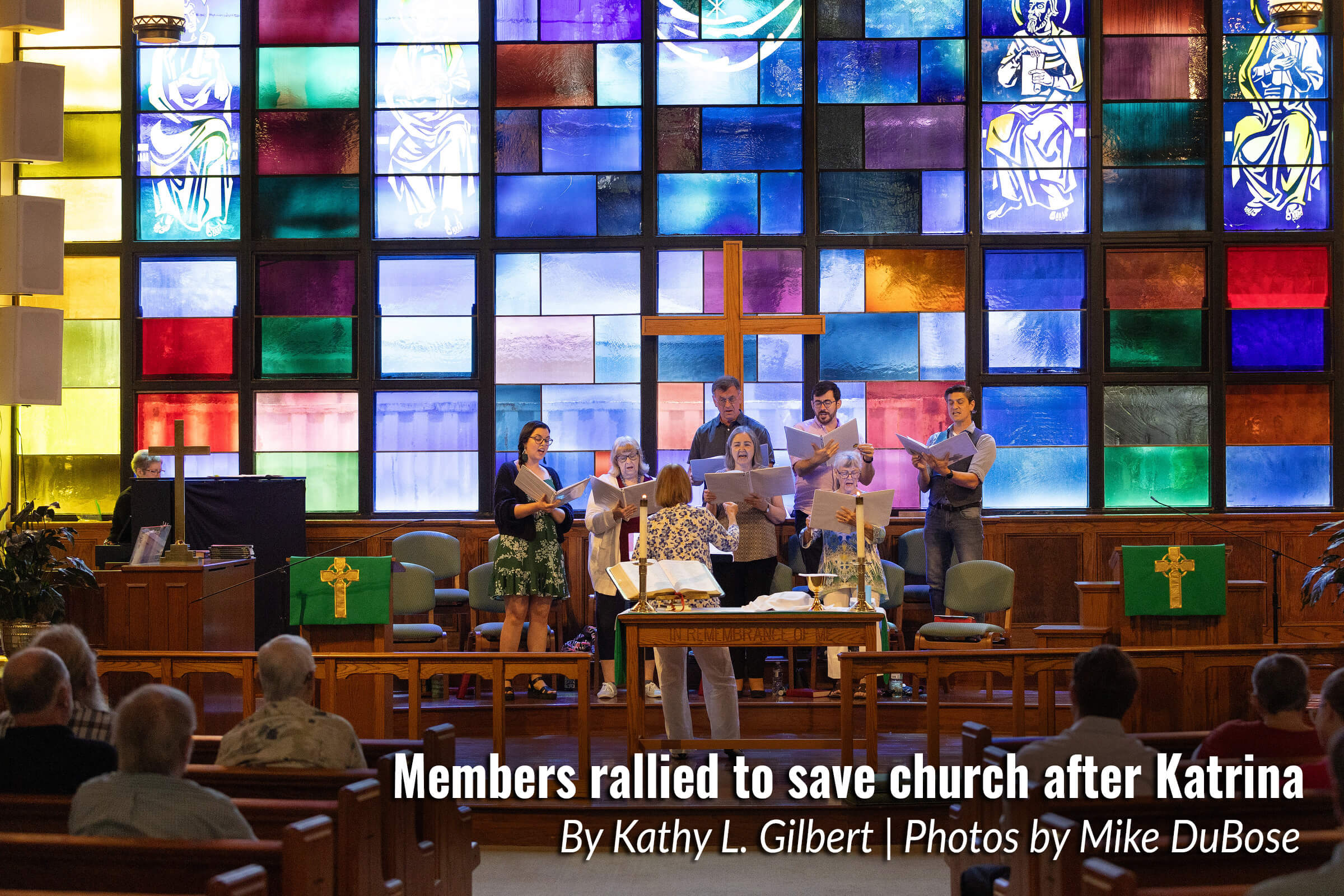
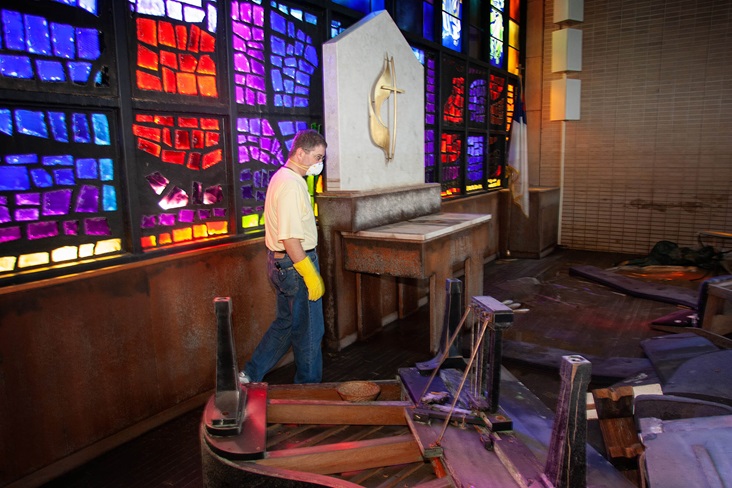
The Rev. Darryl Tate views the ruined sanctuary of St. Luke’s United Methodist Church in New Orleans for the first time since he fled Hurricane Katrina in August 2005. An overturned grand piano rests in the foreground.

When the waters released by Hurricane Katrina finally receded, members of St. Luke’s United Methodist Church came back to see their beloved church torn apart and covered in ugly, stinking gray mud.
“It was weeks later before we could get back into the sanctuary and it was totally unbelievable,” said longtime church member Sallie Uhl.
“Everything was helter-skelter. It looked like Hiroshima; everything was gray with mud,” she recalled. “The grand piano was in the narthex; the pews were unmoored from the bolts.”
But while looking at the destruction, Sallie and her husband, Gary, saw something glimmering in the chaos.
“The communion plate was still on the altar. The checks and cash and coins were still in the offertory plate,” she said.
On Sunday, Aug. 28, 2005, the Uhls and other longtime church members had come to church. The Rev. Darryl Tate preached. The next day, Katrina hit.
Gary Uhl said most of the members left New Orleans, but he and Sallie stayed. They survived on the second floor of their house when the storm surge, driven by hurricane winds, broke the levees and flooded the 9th Ward of New Orleans.
Riding to safety on a prayer
When it became necessary to leave their New Orleans home following Katrina, a United Methodist couple found a way out by driving their van down railroad tracks to Baton Rouge.

The Rev. Darryl Tate leaves deep footprints in the mud that coats the front porch of his parsonage in New Orleans following Hurricane Katrina.
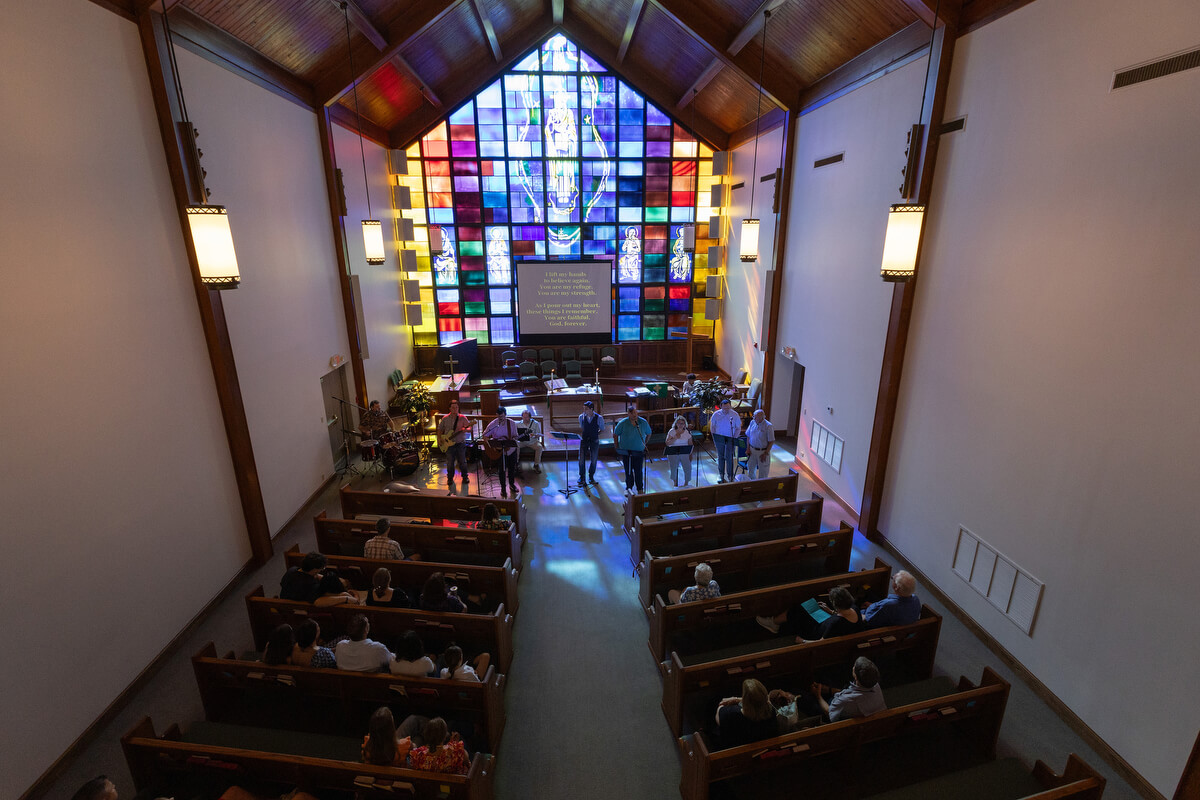
The praise band sings during the contemporary worship service at St. Luke’s United Methodist Church.
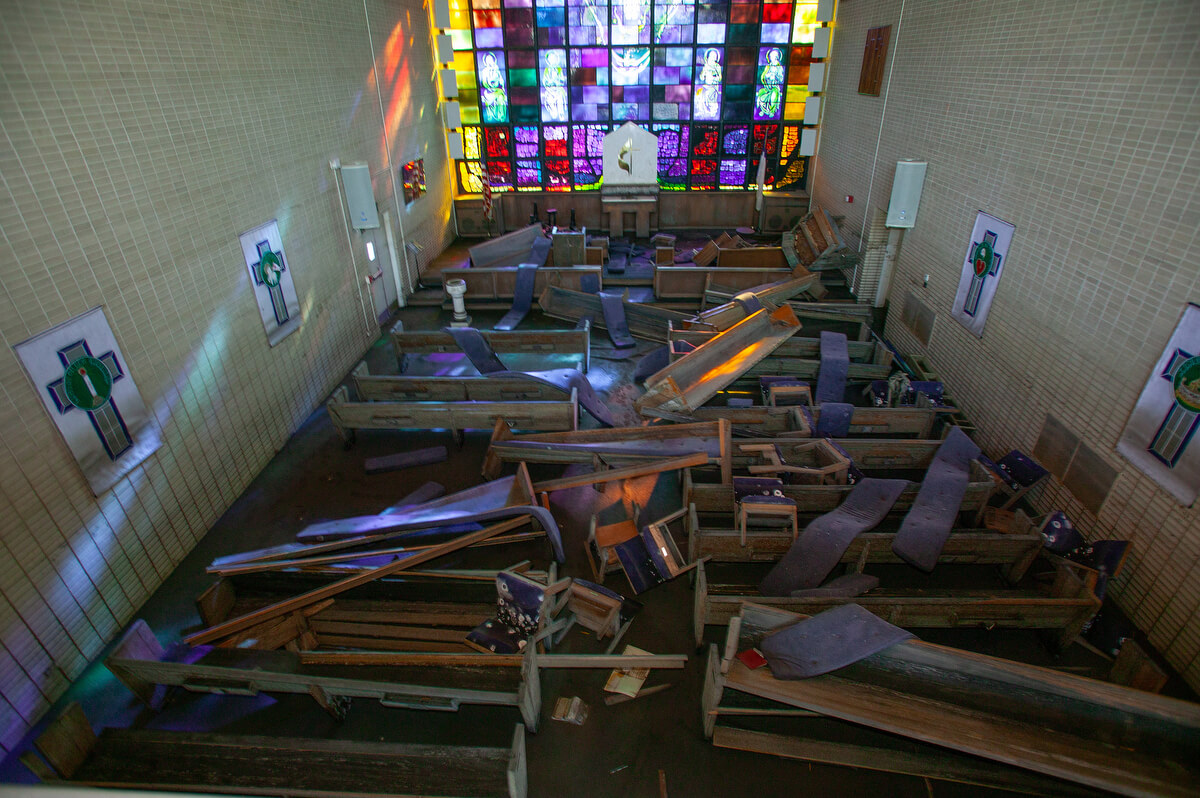
Moldy pews, cushions and chairs are strewn about the sanctuary at St. Luke’s United Methodist Church one month after Hurricane Katrina.

Church member Gary Uhl describes efforts to rebuild St. Luke’s United Methodist Church after Hurricane Katrina flooded the sanctuary.
Meeting on July 12, 2025, the Uhls and other church members talked about their comeback and the joy they feel worshipping in their church again.
“To understand how Katrina affected St. Luke’s, you have to go way back well before Katrina hit to understand this church was a true church family,” said Lee Happel. “This church was bonded together before Katrina hit so we were predisposed to come back and redo what we once had.”
One unique aspect of the church is a summer musical held every year since 1974 with lots of community support.
“What makes this play a ministry of our church and not just community theater is we make sure there is a place for everyone. If you want to be in the play, then you are in the play,” said the Rev. Colleen Bookter, who has been pastor at the church since 2021.
The summer of 2005, two months before the storm, the cast for the play was over 130 — so large that they had to do two separate productions, she said.


St. Luke’s started having church services in the courtyard about a month after people began returning to New Orleans.
“People would drive by and pull over and come in just because we were having church,” Gary Uhl said. “Those services were so moving.”
Daniel Lund III, now chancellor for The United Methodist Church’s Louisiana Conference and a member of St. Luke’s at the time, was a frequent visitor and preacher for the outdoor services.
“Frankly, St. Luke’s might not have survived had the services not taken place, because so many of St. Luke’s members were from parts of the metropolitan area that did not flood — for example, Metairie,” he said.
“Had those folks not been able to attend St. Luke’s as early as we reopened — which was only a month and a half after the storm — they may have found other churches to join,” Lund said.
Sometimes people attending the services included truckloads of the National Guard, he said.
The church had been having weekly Wednesday night services for years, so they started that back up in the parking lot.
“For $3 you could have a three-course meal — a main course, bread and dessert,” Gary Uhl said. “We had big crawfish boils, jambalaya or sometimes it would just be the MREs (meals ready to eat) supplied by FEMA.”
Lee Happel’s wife, Bonnie, convinced the church to first work on getting the nursery school back open. She said families would come back if they had a safe place for their children.
From the nursery school to the kitchen and finally the sanctuary, the church came back.
“Everybody pitched in and it was one of the best times this church experienced,” Sallie Uhl said.
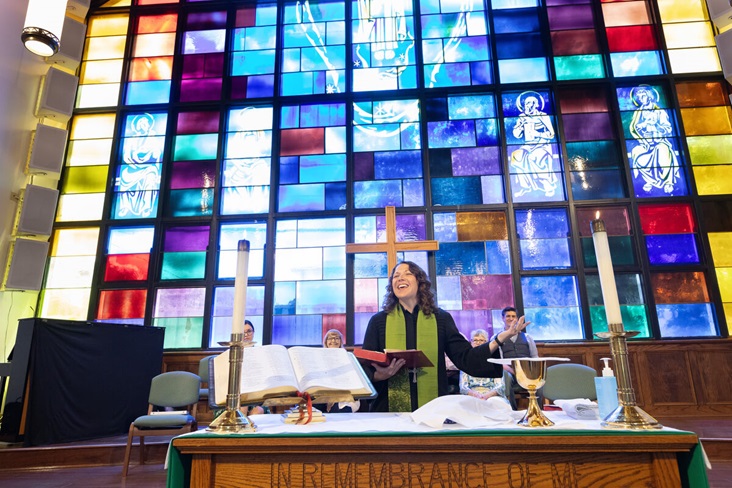
The Rev. Colleen Bookter blesses the elements of Holy Communion during worship at St. Luke’s United Methodist Church.

The Rev. Colleen Bookter helps acolyte Andersen Meyer, 9, find a robe that fits before worship at St. Luke’s United Methodist Church. At left is Julie Meyer, Andersen’s mother.
 The Rev. Colleen Bookter shares a laugh with acolyte Anderson Meyer while helping him get fitted with a robe at St. Luke’s United Methodist Church. The cross and flame on the wall behind them was salvaged from the sanctuary following Hurricane Katrina.
The Rev. Colleen Bookter shares a laugh with acolyte Anderson Meyer while helping him get fitted with a robe at St. Luke’s United Methodist Church. The cross and flame on the wall behind them was salvaged from the sanctuary following Hurricane Katrina.
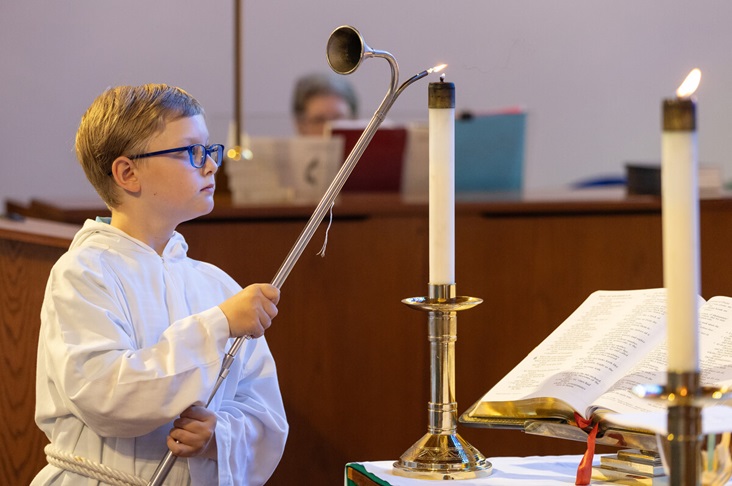
Acolyte Andersen Meyer lights the altar candles at St. Luke’s United Methodist Church.
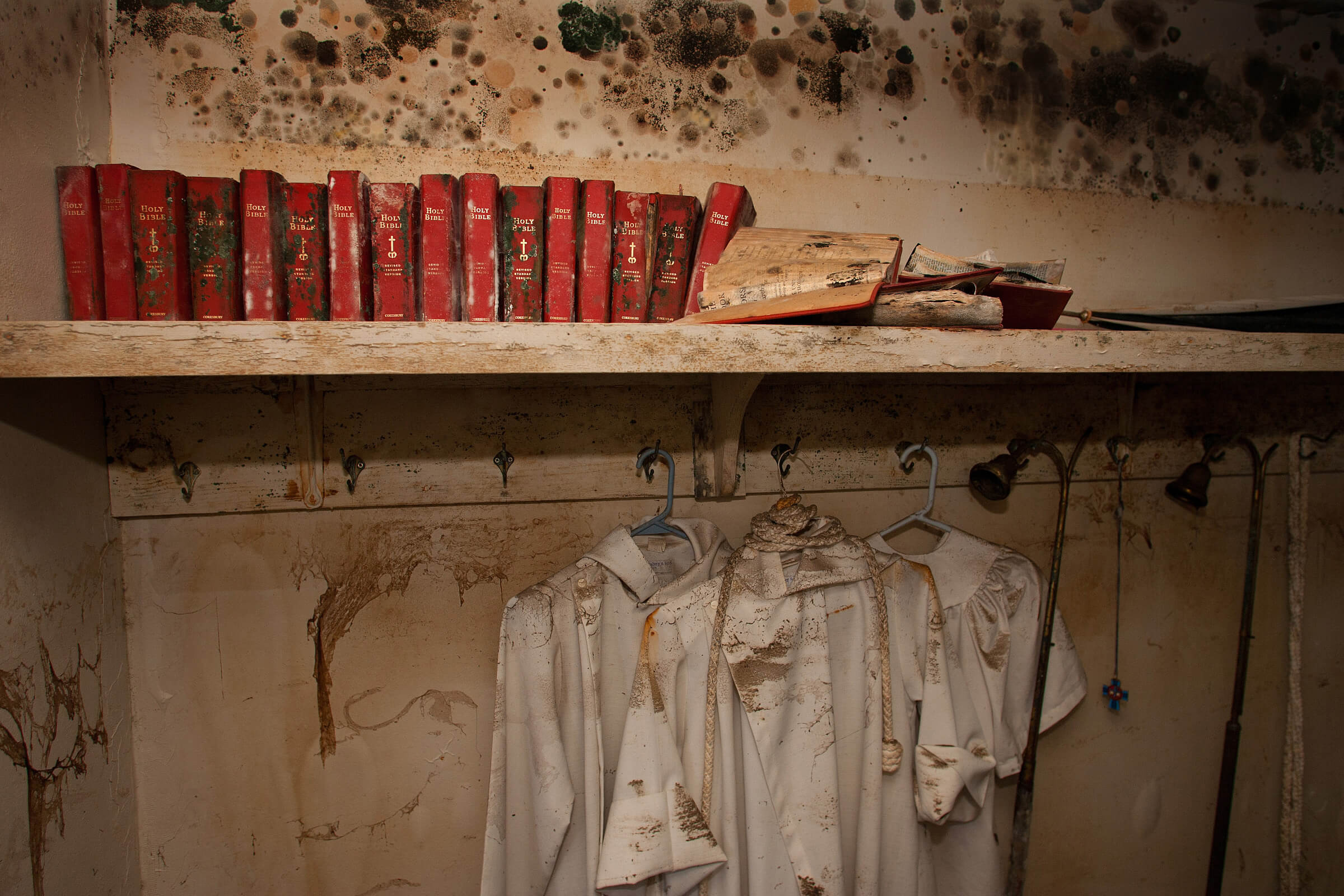

Parishioners walk to the altar to receive Holy Communion at St. Luke’s United Methodist Church.

Houses back up to the flood wall along the 17th Street Canal in New Orleans. A section of the wall failed during Hurricane Katrina, flooding the Lakeview neighborhood, home to St. Luke’s United Methodist Church.

Children fish near the 17th Street Canal pump station in New Orleans. The station is part of the city’s flood control system.
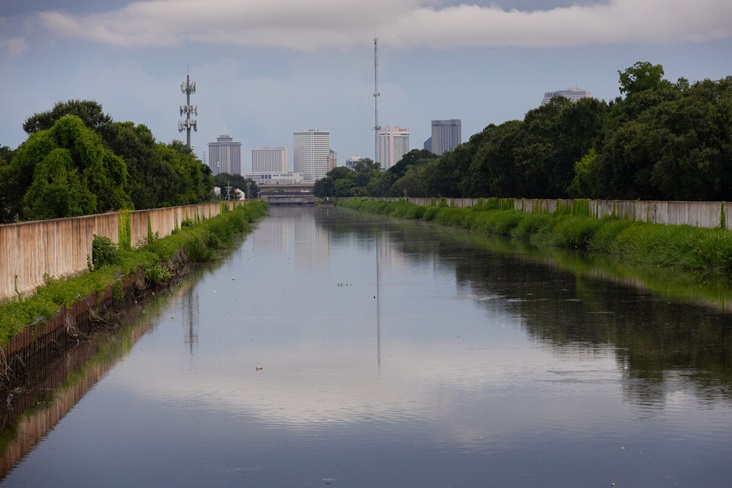
Downtown New Orleans is visible in the background along the London Street Canal. A section of the flood wall was breached during Hurricane Katrina, flooding the Gentilly neighborhood and nearby United Methodist-related Dillard University.
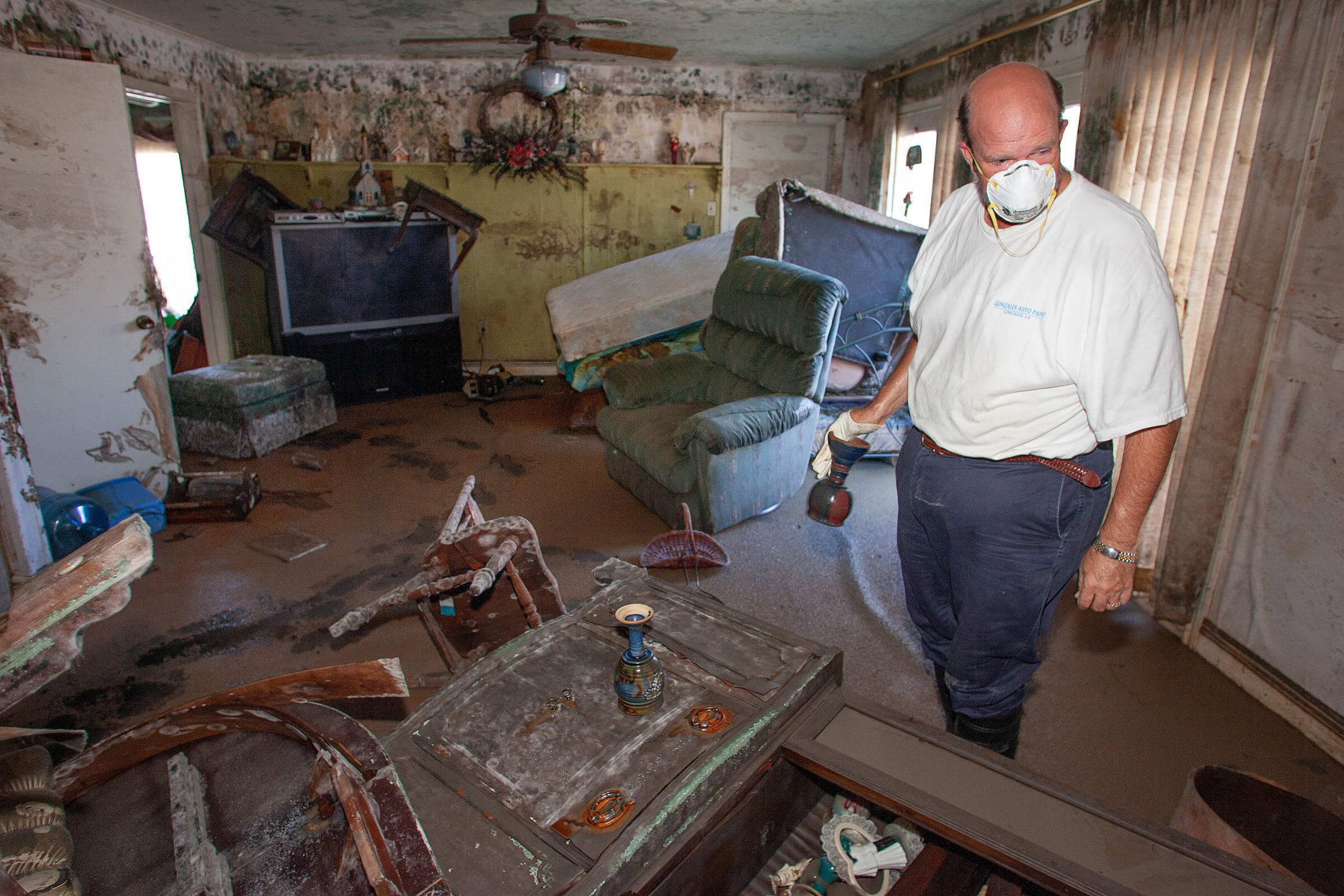
Despite Louisiana’s resurrection in the two decades since Katrina, Bookter said the storm still has lingering effects.
“Some members have shared their Katrina stories with me,” she said. “People always share, especially around the times of funerals, that they don’t have pictures of loved ones because of Katrina.
“It really does continue to rob people even years later.”
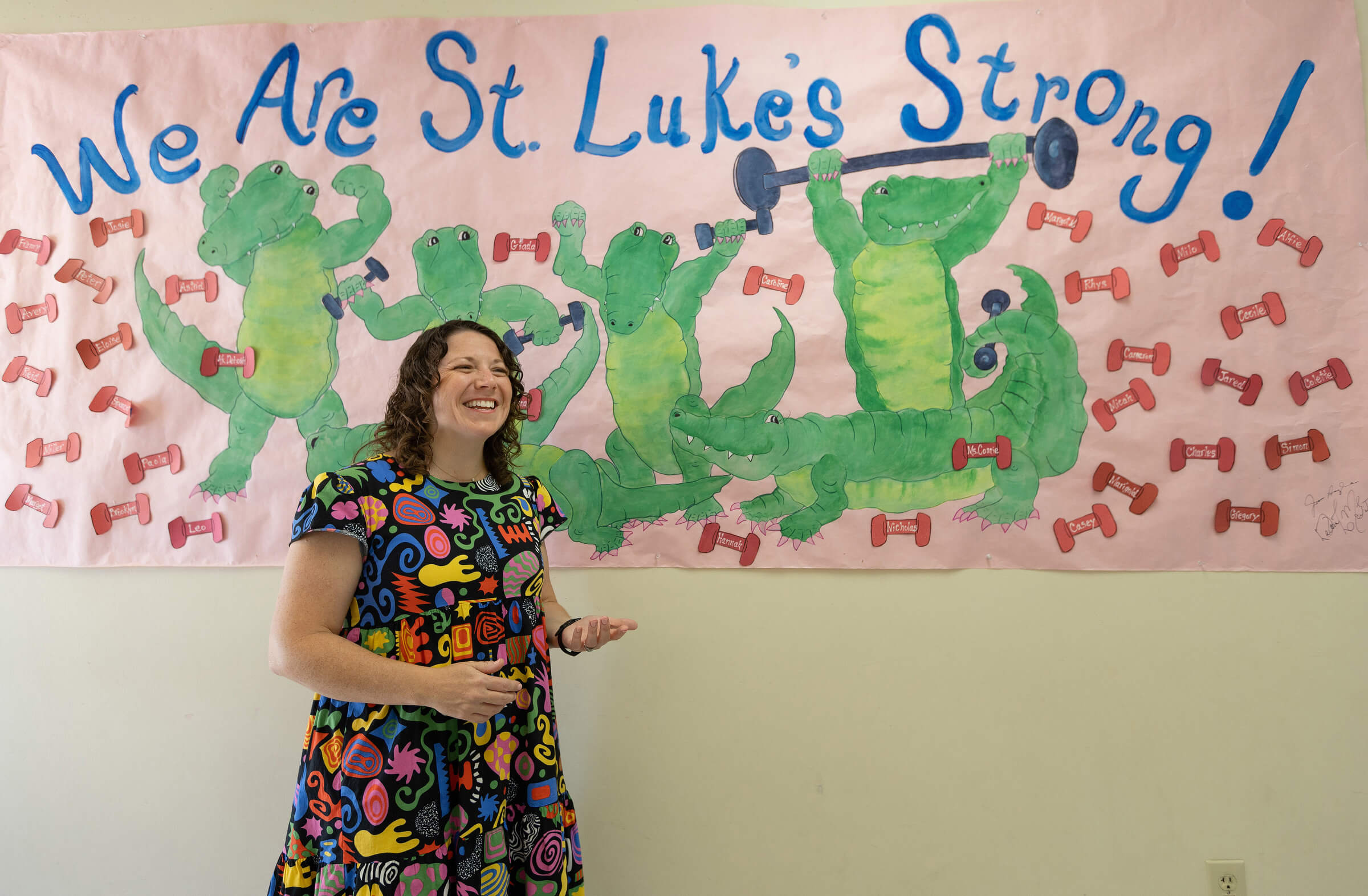
Gilbert is a freelance writer in Nashville, Tenn., who covered the aftermath of Hurricane Katrina for UM News in 2005.
News media contact: Julie Dwyer at [email protected]To read more United Methodist news, subscribe to the free UM News Digests
Sponsored
